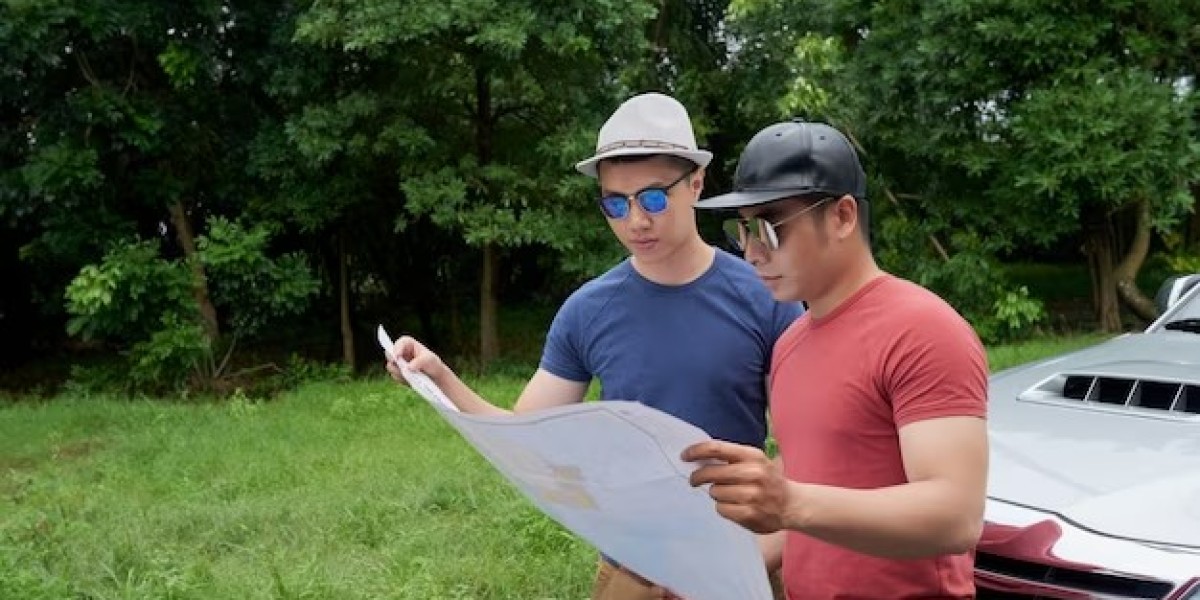In the realm of modern construction and environmental projects, harnessing advanced technologies has become paramount for success. Geophysical survey services, a technological marvel in the field, have evolved into indispensable tools for project planning and execution. This article delves into the transformative capabilities of geophysical surveys and how they can elevate your project to new heights.
The Foundation of Geophysical Survey Services
Those who need Geophysical survey services can lay the groundwork for project success by providing a comprehensive understanding of the subsurface. Through cutting-edge technologies such as ground-penetrating radar (GPR) and electromagnetic surveys, these services unveil the hidden complexities beneath the surface. This foundational information empowers project managers, engineers, and environmental scientists to make informed decisions right from the project's inception.
Delving deeper into this aspect, ground-penetrating radar (GPR) is a revolutionary tool that uses high-frequency radio waves to penetrate the ground and generate detailed images of subsurface structures. This method is non-invasive, offering a wealth of information without the need for disruptive excavation.
Electromagnetic surveys employ varying frequencies to detect subsurface features like utilities and geologic structures. These surveys contribute to a holistic understanding of the project site, aiding in the development of strategies that account for the intricacies of the subsurface landscape.
Mapping the Unseen Terrain
One of the key benefits of geophysical surveys is their ability to map subsurface features without invasive excavation. This non-destructive approach not only saves time but also minimises the impact on the environment. With precise mapping of geological structures, potential hazards, and utility lines, project stakeholders can navigate the complexities of the underground landscape with confidence.
This capability is particularly vital in urban environments where buried utilities pose a constant challenge. Geophysical surveys, through techniques such as electromagnetic induction, offer a clear picture of the location and depth of utility lines. This not only aids in preventing accidental damage during construction but also ensures the safety of workers and the surrounding community.
Furthermore, the ability to map potential geological hazards, such as subsurface voids or unstable soil conditions, allows for proactive planning, reducing the likelihood of project delays and unforeseen complications.
Enhancing Environmental Sustainability
In an era where environmental sustainability is non-negotiable, geophysical survey services emerge as champions. By minimising the need for intrusive excavation, these surveys reduce the ecological footprint of projects. The precise identification of underground features helps avoid accidental disturbances to sensitive ecosystems, promoting responsible project development.
Moreover, geophysical surveys play a crucial role in environmental impact assessments, aiding in the identification of potential contaminants and assessing soil quality. This information is instrumental in developing remediation strategies and ensuring that projects adhere to stringent environmental regulations. By incorporating geophysical surveys into the project planning phase, stakeholders can align their initiatives with sustainable practices, ultimately contributing to the preservation of natural resources and biodiversity.
Unravelling Archaeological Mysteries
Beyond construction and environmental projects, geophysical surveys play a pivotal role in archaeological endeavours. Archaeologists leverage technologies like magnetometry and resistivity surveys to uncover hidden historical artefacts and structures. This not only preserves our cultural heritage but also adds a layer of historical significance to projects in areas with rich archaeological potential.
Magnetometry, for instance, detects variations in the Earth's magnetic field caused by buried features, allowing archaeologists to identify potential sites for further excavation. Similarly, resistivity surveys measure the ability of the subsurface to conduct electrical currents, helping unveil buried structures without disturbing the archaeological layers. Integrating these survey techniques into project planning ensures a harmonious coexistence between development initiatives and historical preservation, fostering a deeper understanding of the past.
Mitigating Project Risks
In any project, unforeseen challenges can pose significant risks. Geophysical survey services act as a proactive shield, identifying potential risks before they escalate. Whether it's detecting subsurface voids, assessing soil stability, or locating buried utilities, these surveys provide a roadmap for risk mitigation strategies. By addressing potential issues early on, projects can adhere to timelines and budgets more effectively.
For example, subsurface voids can compromise the structural integrity of a construction project. Geophysical surveys, through techniques like seismic refraction, help identify such voids by measuring the velocity of seismic waves as they travel through the subsurface. Armed with this knowledge, project teams can implement reinforcement measures, ensuring the stability of foundations and minimising the risk of structural failures. The early detection of potential issues not only safeguards the project but also contributes to cost-effective and resilient construction practices.
Conclusion
The transformative impact of geophysical survey services cannot be overstated. From laying the foundation of projects with comprehensive subsurface knowledge to mitigating risks and promoting environmental sustainability, these services are the linchpin of modern project management. Embracing the power of geophysical surveys is not just a technological choice; it's a strategic decision that can define the success of your project in an ever-evolving landscape. As industries continue to advance, the integration of geophysical survey services will undoubtedly remain a cornerstone of progress and innovation.







